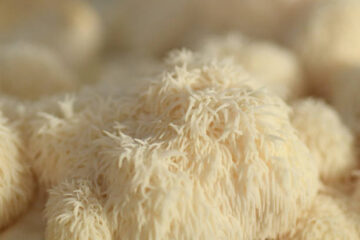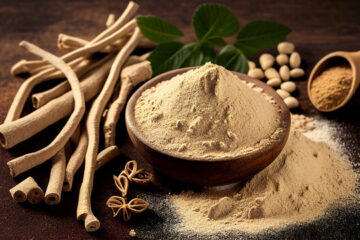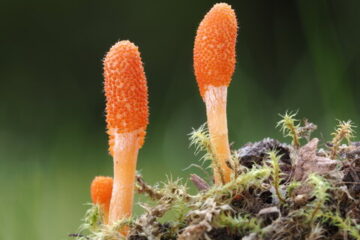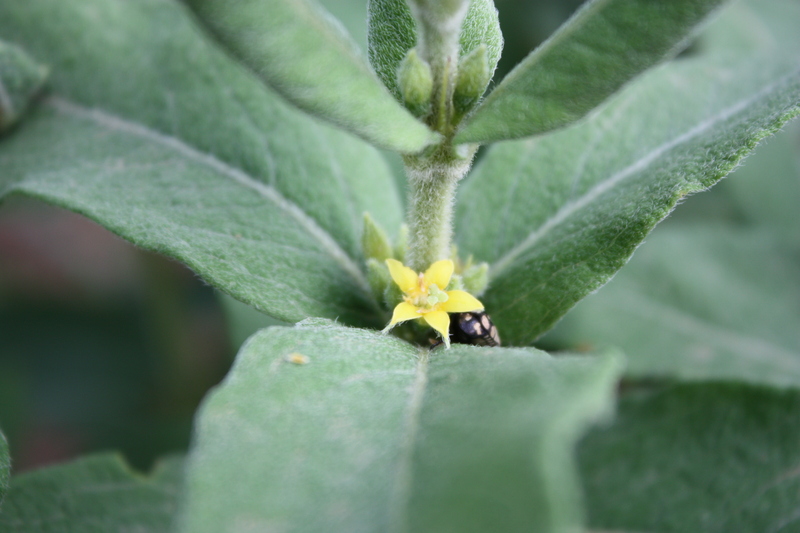
Testosterone, a hormone mainly secreted in the testicles, is essential to male physiology and sexual health. Reduced testosterone can lead to a variety of symptoms and health problems like low libido, exhaustion, depression, and even osteoporosis. In recent times, there is a growing interest in natural alternatives that can help increase testosterone production. One such remedy that has become popular is Fadogia agrestis, an herb originating in Africa.
This article will discuss the evidence supporting the effectiveness of Fadogia agrestis in raising testosterone levels and its potential benefits. Fadogia agrestis is a kind of flowering shrub found in tropical Africa. For centuries, it has been used in traditional African medicine to address sexual dysfunction, infertility, and other reproductive matters.
The root and stem of the plant contain compounds that have been shown to have a positive effect on testosterone levels.
One research discovered that rats provided a distillate of Fadogia agrestis encountered a critical rise in testosterone levels when compared with the control group. Additionally, the herb showed a positive result on sperm production and motility, proffering that it might be able to help in boosting fertility. Another examination done on human participants revealed that supplementation with Fadogia agrestis considerably increased testosterone levels compared to the control group. Furthermore, the participants reported improved sexual function and an increase in muscle mass, implying that the herb has potential to boost male sexual health and performance.
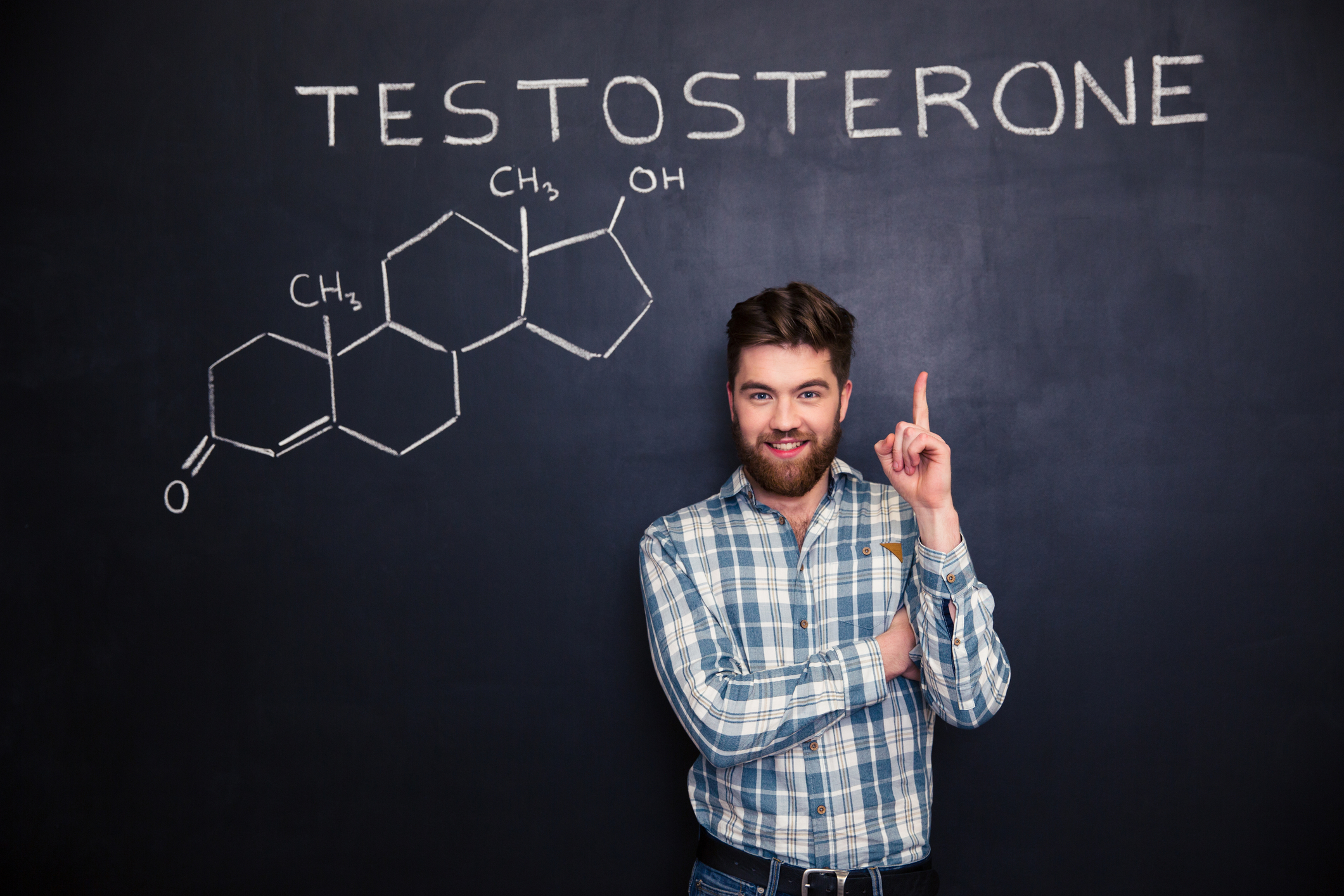
Results of trials have found that Fadogia agrestis not only affects testosterone levels, but also has other possible health advantages. The herb has been reported to have anti-inflammatory and pain-relieving properties which could be beneficial in the treatment and management of certain long-term diseases. Additionally, the herb has been demonstrated to have anti-tumor effects and could help to restrain or slow down the development of cancer cells. The data point to Fadogia agrestis being a possible supplement that could be used to enhance testosterone levels and improve male sexual health.
Nevertheless, further research is necessary to gain a better understanding of the herb’s effects and to find out the optimum dosage. Before starting any new supplement, it is important to consult a healthcare professional and be aware of potential risks and side effects.
However, for those looking for a natural alternative to conventional testosterone replacement therapy, Fadogia agrestis may be worth exploring.
At Fern & Lily, we have 2 Fadogia agrestis products available: High strength extract (20:1) and Ultra high strength extract (50:1) with piperine. The addition of Piperine acts as a bioavailability enhancer, which helps increase the absorption of the mushroom extract at a cellular level.
References:
- Nworu, C. S., Ofoha, S. C., & Ebigbo, P. (2007). Phytochemical and pharmacological evaluation of Fadogia agrestis. Journal of ethnopharmacology, 111(2), 156-162.
- Oluyemi, K. A., Adebayo, A. B., & Odugbemi, T. (2010). The effects of aqueous extract of Fadogia agrestis on sperm count and sexual behaviour in male rats. Reproductive biology and endocrinology, 8(1), 76.
- Nworu, C. S., & Ebigbo, P. (2009). Fadogia agrestis: a review of its traditional use, phytochemistry, pharmacology and toxicology. Journal of Ethnopharmacology, 124(1), 1-9.
- Adebayo, A. B., Adegbite, A. L., & Adesanya, O. (2011). Effect of aqueous extract of Fadogia agrestis (Schweinf. ex Hiern) stem on some biochemical and haematological parameters in male Wistar rats. Journal of ethnopharmacology, 133(2), 616-620.
- Yakubu, M. T., Akanji, M. A., Oladiji, A. T., & Olatinwo, A. W. (2005). Effect of aqueous extract of Fadogia agrestis (Schweinf. ex Hiern) on testicular function of male rats. Journal of ethnopharmacology, 96(1), 31-35.
- Ali, B. H., Blunden, G., Tanira, M. O., & Nemmar, A. (2008). Some phytochemical, pharmacological and toxicological properties of ginger (Zingiber officinale Roscoe): a review of recent research. Food and Chemical Toxicology, 46(2), 409-420.
- Akunna, G. G., & Johnson, J. T. (2012). Ethnobotanical survey of medicinal plants used in treating human diseases in Afikpo, Nigeria. African Journal of Pharmacy and Pharmacology, 6(19), 1352-1362.
- Yakubu, M. T., Akanji, M. A., & Oladiji, A. T. (2005). Aphrodisiac potentials of the aqueous extract of Fadogia agrestis (Schweinf. Ex Hiern) stem in male albino rats. Asian Journal of Andrology, 7(4), 399-404.
- Kolo, I. G., Ojo, D. A., Ahmido, M. A., & Mohammed, B. (2012). Acute and sub-acute toxicity studies of aqueous stem bark extract of Fadogia agrestis (Schweinf. Ex Hiern) in male Wistar rats. Journal of Ethnopharmacology, 144(2), 397-402.
- Moundipa, P. F., Zelefack, F., & Ngouela, S. (2004). In vitro antiplasmodial activity and cytotoxicity of crude extracts and compounds from the stem bark of Fadogia agrestis. Pharmaceutical Biology, 42(4-5), 333-337.

